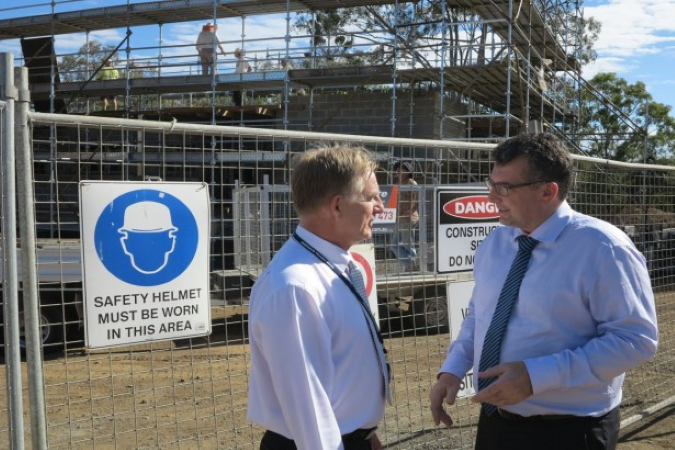18
Dec 2018
Construction of Accommodation Units Under Way
Published in General on December 18, 2018

Due to the gratitude of the Health and Hospital Infrastructure Grant Program, the Department of Health and Aging has offered to start the construction of 12 housing units inside of the Mater Hospital, Bundaberg.
Executive Officer Ivan Rasmussen said, "these units will not only serve the accommodation needs of family and friends of patients in our hospitals but will also accommodate patients discharged from hospital who need to remain close to the hospital for follow up care as well as patients from out of town areas who are receiving treatment at our hospital."
18 beds overall will be located inside of the buildings as the options offered are four single bed units, a two bedroom unit, and a three bedroom unit. Each building contains two floors. This construction is predicted to be completed at the end of the current year.
The Mater believe that these housing units will assist in reducing the nerves and anxiety most family and friends face when dealing with a loved one in the hospital.
Since the building is close to the hospital, patients’ friends and families will have an easier experience providing love and support to the patients, hopefully resulting in a quicker healing process.









